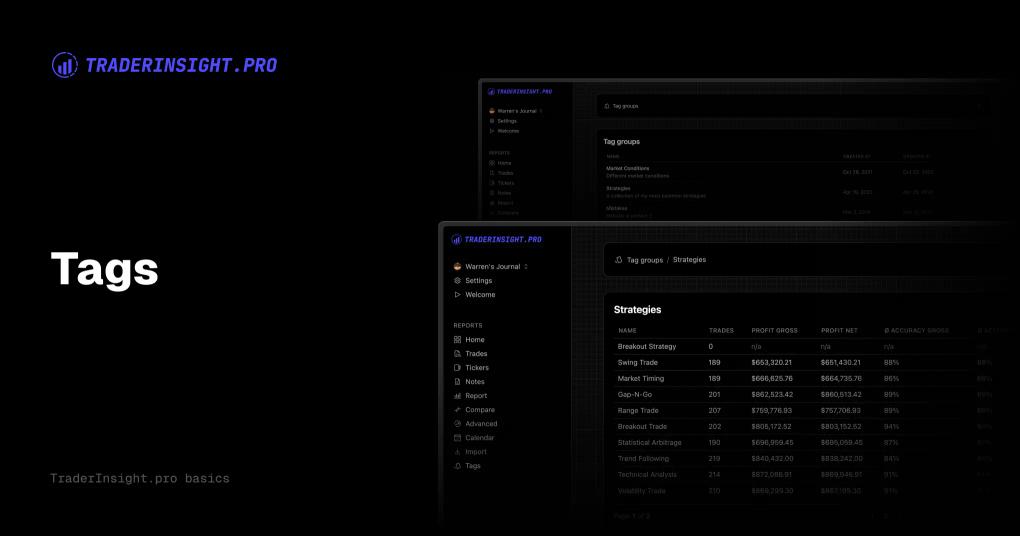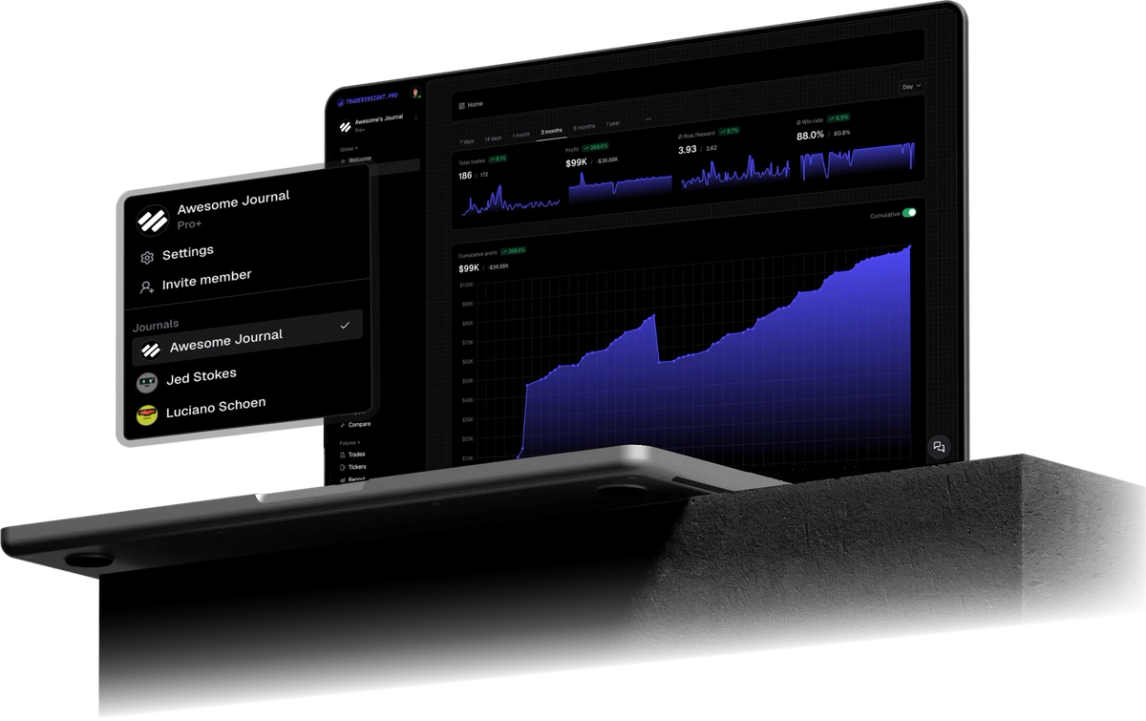Every successful trader was once a beginner, and one of the tools that consistently help traders of all levels manage their strategies and avoid costly mistakes is a trading journal. A trading journal isn't just a diary of trades made; it's a personal reflection tool that helps you understand your decisions, learn from your mistakes, and improve your trading strategy over time. In this guide, we'll walk you through how to set up a trading journal, explore its benefits, and introduce you to how TraderInsight.pro can simplify the journaling process for you.
Step 1: Understand the Purpose of a Trading Journal
Before you dive into setting up a trading journal, it’s important to understand why it's crucial. A trading journal helps you:
- Track your trades and their outcomes systematically.
- Analyze your decision-making process.
- Identify patterns in your trading style.
- Improve your trading discipline by keeping track of strategies and their effectiveness.
Step 2: Decide What to Track
Here’s what you should consider including in your trading journal:
- Date and Time of Trade: Helps you identify specific periods of profitability or loss.
- Asset: What are you trading?
- Entry and Exit Points: Record the reasons for entering and exiting a trade.
- Position Size: The amount of capital allocated to each trade.
- Profit or Loss: The outcome of the trade.
- Strategy Used: Detail the strategy for future reference and to refine it over time.
- Mistakes and Learnings: Capture any errors and ideas for improvement. These can be added as custom tags in TraderInsight.pro to make tracking and referencing them easier.
- Emotional State: Your emotions can significantly affect your trading decisions. Track this through the notes feature in your journal.
Step 3: Choose the Right Tools
While a simple spreadsheet might suffice when you’re just starting out, specialized tools like TraderInsight.pro offer structured formats and processes that can save you time and provide deeper insights. These platforms often include:
- Simple and efficient trade imports.
- Customizable analytics dashboards.
- Mobile accessibility for updating on the go.
Step 4: Make It a Routine
Consistency is key. Dedicate time after each trading session to update your journal. This could be daily, weekly, or immediately after each trade, depending on your trading frequency and style.
Step 5: Review and Reflect
Regularly review your journal to identify successful strategies and common pitfalls. Monthly reviews can help you understand broader trends and refine your approach.
Step 6: Utilize TraderInsight.pro
For those looking to streamline their trading journal process, TraderInsight.pro provides an excellent platform. It simplifies entering trades, adds analytical depth to your reviews, and helps you see the big picture with advanced data visualization tools. The platform's easy import features and comprehensive tracking options make it an invaluable tool for both novice and experienced traders.
Conclusion
Starting a trading journal might seem like an extra step, but the clarity it brings to your trading decisions is invaluable. By systematically recording and analyzing every trade, you can see what works, what doesn’t, and how you can continue to improve. With the help of tools like TraderInsight.pro, this process becomes easier and more effective, setting you on a path to becoming a more proficient and profitable trader. Start your trading journal today, and take your first step towards disciplined trading.




